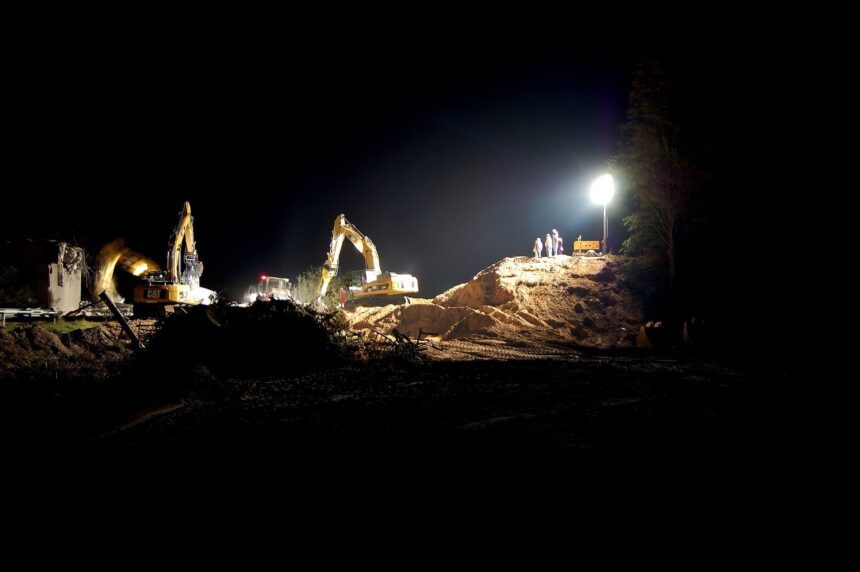Melatonin supplementation has shown promising results in offsetting DNA damage associated with night shift work, according to a recent small clinical trial published in the journal Occupational & Environmental Medicine. The study aimed to investigate whether melatonin could enhance the body’s ability to repair oxidative DNA damage, which is often compromised in night shift workers due to the suppression of melatonin production.
In the trial, 40 night shift workers were divided into two groups, with one group receiving a daily 3 mg melatonin pill and the other group receiving a placebo for four weeks. Urine samples were collected during daytime sleep and night shift periods to measure levels of 8-OHdG, an indicator of DNA damage repair capacity. The results showed that participants taking the melatonin supplement had 80% higher levels of 8-OHdG during daytime sleep, indicating improved repair capacity compared to those taking the placebo.
While the study was small and predominantly included healthcare workers, the findings suggest that melatonin supplementation may be beneficial in enhancing DNA repair capacity among night shift workers. Larger studies are now needed to explore varying doses and long-term effects of melatonin supplementation in this population.
The researchers highlighted the importance of assessing the long-term efficacy of melatonin supplementation, especially for individuals who work night shifts over many years. Consistent consumption of melatonin supplements may be necessary to maximize the potential cancer prevention benefits for this group.
In conclusion, melatonin supplementation shows promise as a potential intervention strategy to reduce the burden of cancer among night shift workers. Further research is warranted to evaluate the optimal dosage and long-term impacts of melatonin use in this population.
For more information, the study titled “Melatonin supplementation and oxidative DNA damage repair capacity among night shift workers: a randomized placebo-controlled trial” can be found in Occupational and Environmental Medicine (2025) with DOI: 10.1136/oemed-2024-109824.
This article was originally published by the British Medical Journal and can be accessed at http://www.bmj.com/channels/research.dtl.








